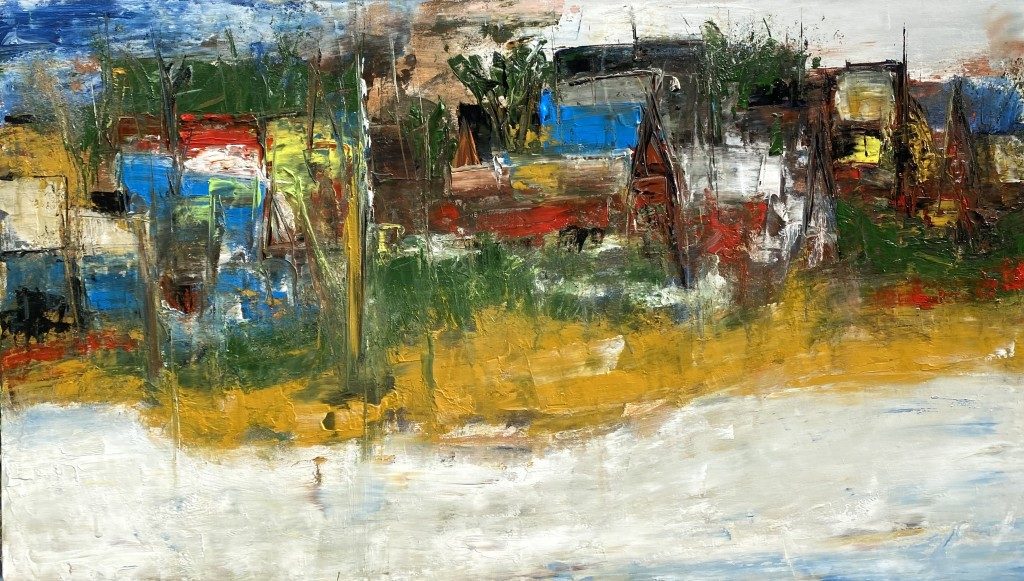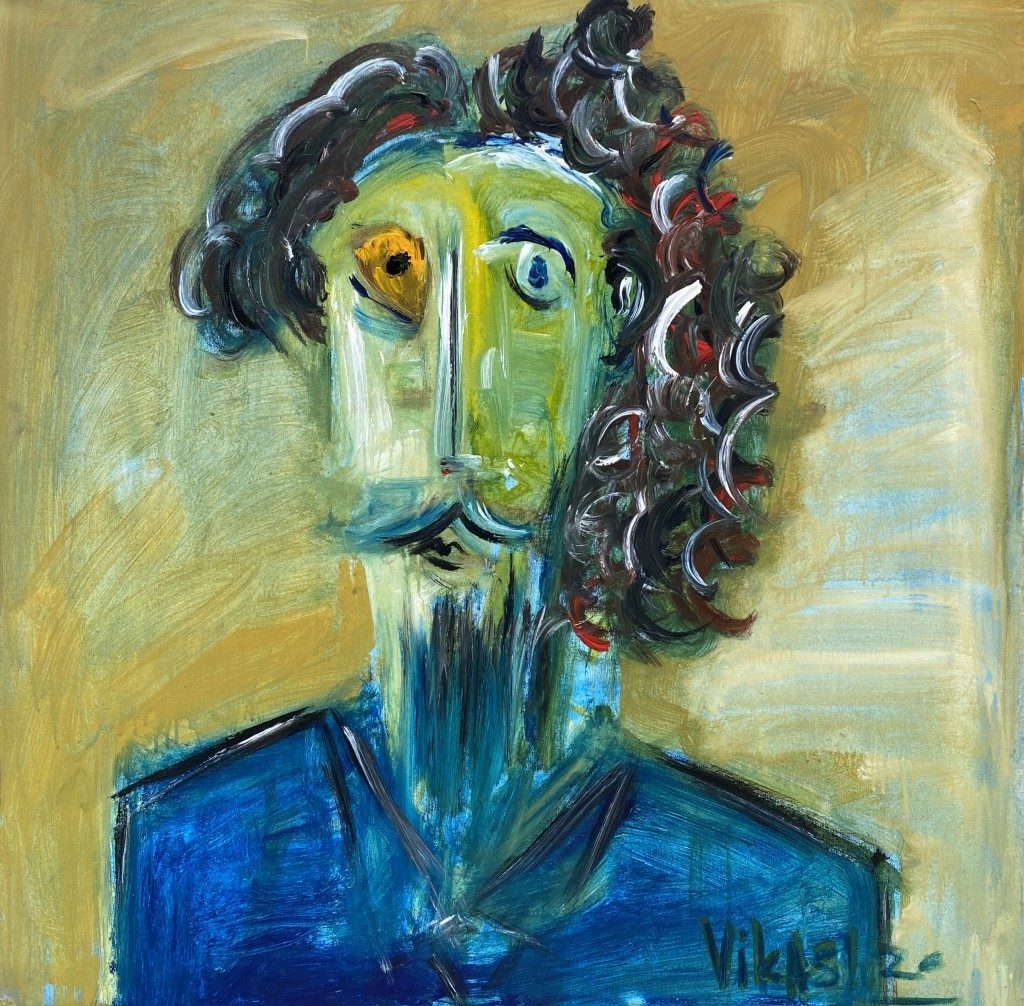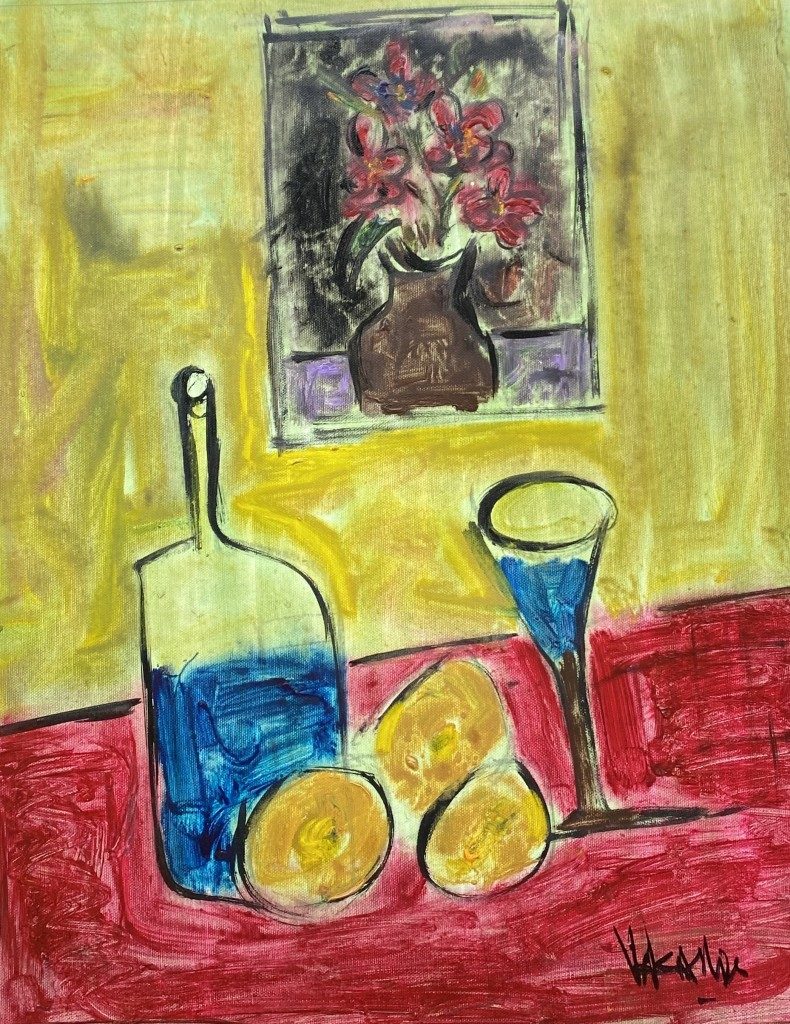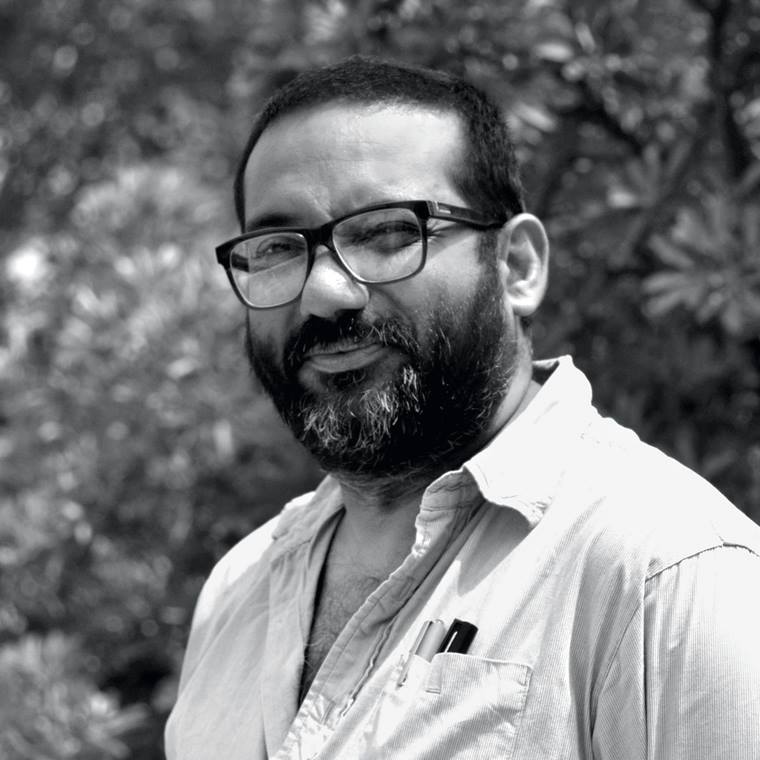“Art is the lie that enables us to realize the truth” is a quote from maestro Pablo Picasso. This quote was true in his time, in my time and maybe it will be true for eternity. When a child holds a pencil and tries to write something and get failed in doing so then the artist creates. It is not the perfection, truth, or the completion of the word which is creating the art but the mistakes and practices of the child are creating the art which we understand only when we open our mind for accepting the truth as it is without imagining what it should be. In today’s time, fine art in India is very centralized and occupied by people who have ancestral benefits over others. If we talk boldly this field is not an exception of nepotism.

Anyway, the time change so does the people and that leads to the change of mindset and technique of art. In the times of the beginning of human understanding and perception of the world, art has existed in the symbols in the caves and it does not change much in our time. Even in our time, it is just a symbol that denotes the situation or the substances in the same but complex way as of ancient time.
But in the ancient time it was for:
1. Understanding the surrounding and uplifting human value.
2. Sending a message to the upcoming generation.

3. Depicting a situation and scenarios.
4. Developing a culture and society.
5. Forming a more illustrative environment.
In the present time, it is mainly for décor, status, and money. Fine art is becoming more of an object than a resource for uplifting society. Meanwhile, it can be still used for uplifting society and understanding of human value. But the question arises that in the time of heavy social media uses and influence of performing art, does fine art will get a single chance to embark and influence society? Will, it ever gets the attraction of the populace in such a way that it impacts their life? The answer to these questions depends upon the artist’s reputation and work. For instance, in the 20th century, Pablo, Salvador, Souza, and many other artists uplifted their works and influences to such a limit that it helped the understanding of human value even in the darkest time of the world wars.
In today’s time, fine art is needed to participate with more intensity in people’s life but due to some reasons, it is only limited to the people who are directly connected to it such as by education or as an artist, or as a curator. To expand the reach of artists to the populace it needs to make the people realize the reality of the present situation.
An Indian artist Vikash Kalra is trying to put all his future earned money of 100cr INR for the uplifting of the society of his culture and country. This type of passion is the soul of this art. It will benefit in many ways to the art and the art world as well as it will expand the reach of the fine artists to the populace.

1. It will reach to the lowest part of the society which is unknown to the art world.
2. It will genuinely change their life in a personal way.
3. The art will be able to penetrate and change the thick old thoughts of the people.
4. It will easily capture the attention of the people who will introduce to it.
If we talk then, I would like to say that more and more artists should follow in the footsteps of Vikash Kalra so that the changes in society as well as in the art world take place. Contemporary art is needed to act more quickly and more deliberately towards the disadvantaged society so that it captures the world’s attention in a way like the old days when it was the most powerful and popular type of art.
The main theme of the paintings of the present time is decoration. They are made for decoration which is why they are not capturing and changing the ideas. In today’s world where performing art is dominating the field, it is of utmost necessity to make art for society. For instance, if the artist will keep in mind that the art is for society then he/she will be able to dramatically change the art and the art scenarios as well.

Vikash Kalra is a self-taught artist and writer based in New Delhi whose work has been exhibited across India and is held in several private and corporate collections.